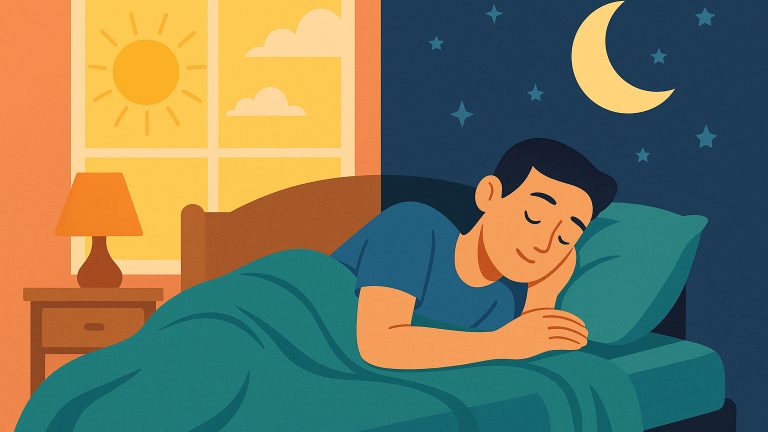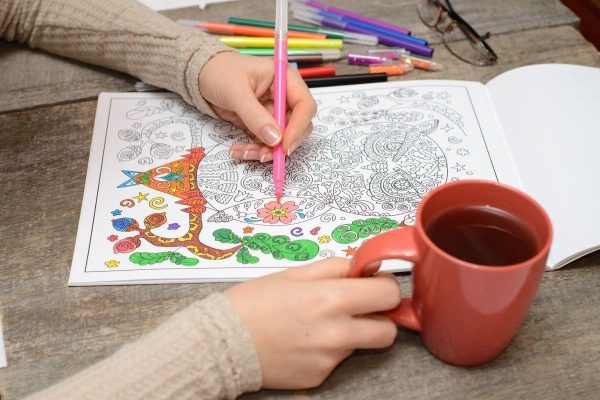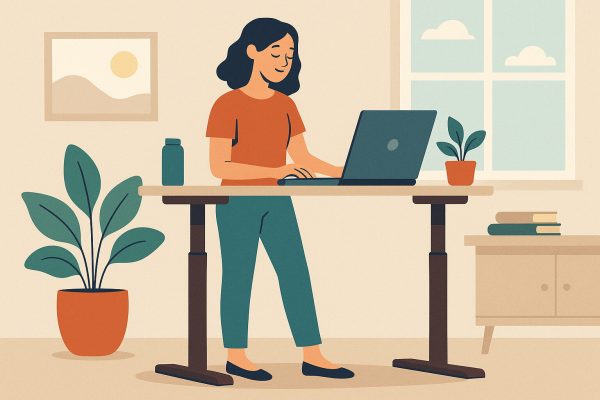The natural rhythm behind light and daily well-being
Most people don’t think twice about turning on a light, staring at a screen, or spending the day indoors. Yet light exposure shapes how we sleep and feel more than we might expect. It’s not just about brightness or color—it’s about timing and consistency. When light exposure aligns with our body’s internal clock, our mood tends to stay steady and sleep feels restful.
Our bodies follow a cycle known as the circadian rhythm. This system tells us when to wake up, when to feel alert, and when it’s time to wind down. Light acts as a signal that sets this rhythm each day. When natural light reaches the eyes in the morning, it sends a message to the brain to wake up and get moving. Without that cue, our systems can lag behind.
People who don’t get enough natural light, especially early in the day, often report feeling tired, foggy, or even down. On the flip side, those who take walks in the morning or sit near a sunny window tend to feel more awake and focused. These small shifts in routine can bring surprising results in both mood and sleep quality.
Morning sunlight and its role in resetting the body’s clock
Catching light during the early part of the day helps set a clear pattern for the body. It lets the brain know that it’s time to start the day. This simple action can make it easier to fall asleep later at night and improve energy levels throughout the day.
Natural morning light helps control the release of melatonin, a hormone that makes us feel sleepy. When we get light in the morning, melatonin drops at the right time, keeping us alert during daylight hours. As night comes, melatonin rises again, helping the body prepare for rest.
For those who struggle with falling asleep at night or waking up groggy, this step can make a big difference. A 20-minute walk or opening the curtains right after waking up is often enough. Over time, the body starts to expect that rhythm, and sleep becomes more regular.
Blue light and its late-night effects on the mind
While morning light wakes us up, blue light at night can do the same—but at the wrong time. This kind of light comes from phones, tablets, and TVs. It tells the brain to stay alert, which delays the natural rise in melatonin and pushes back sleep time.
This is why screen use before bed often leads to tossing and turning. Even when tired, the brain might stay active longer than it should. Over time, this pattern can lead to poor sleep and even mood swings the next day.
One way to prevent this is by reducing screen time an hour before bed. Some people choose to read a physical book, dim the lights, or use warm-colored bulbs in the evening. These steps help the brain slow down and prepare for rest.
How light shapes energy, focus, and emotional balance
Light doesn’t just affect sleep. It also plays a role in how sharp, calm, or motivated a person feels. Bright light during the day, especially natural light, is linked to clearer thinking and better mood. That’s one reason why offices with windows feel more uplifting than dark, closed spaces.
When the eyes receive enough daylight, the brain produces chemicals that help regulate emotions. Serotonin is one example—it’s often called the “feel-good” chemical. More light during the day supports higher serotonin levels, which can ease feelings of stress or sadness.
People often notice the difference when working in a well-lit space versus a dim one. Focus improves, tasks feel easier, and energy lasts longer. This makes light exposure not just a comfort but a key part of maintaining a steady emotional state.
Seasonal changes and how they affect sleep and mood
During winter, daylight hours shrink, and with them, the amount of natural light we get. This can cause a shift in sleep patterns and how someone feels emotionally. Many people notice they feel more tired, irritable, or unmotivated during the colder months.
This isn’t just due to the weather. Less sunlight means less input to the circadian system, leading to slower melatonin adjustment and lower serotonin levels. The result can be poor sleep and a drop in overall mood.
Some people use light therapy boxes to help during these months. Sitting near a bright, white light early in the day mimics the effects of natural sunlight. Even this small step can help reset the body’s rhythm and improve mood when natural sunlight is limited.
Evening habits that support better sleep through light control
Creating an evening routine that helps the body wind down can have lasting benefits. This often begins with dimming lights after sunset. Bright light tells the brain to stay alert, while softer, warmer tones tell it to prepare for rest.
Small changes—like using lamps instead of overhead lights or installing dimmer switches—can help make a space feel calm and restful. Turning off screens or switching to night modes on devices also lowers blue light exposure, which helps melatonin rise on schedule.
These evening habits build a signal system for the brain. When followed regularly, they tell the body that bedtime is near, leading to smoother sleep transitions and better rest through the night.
Shift workers and the unique challenges of disrupted light cycles
People who work at night or on rotating shifts face a unique challenge. Their light exposure is often out of sync with the body’s natural clock. This can lead to trouble sleeping during the day and staying alert at night.
One way to help adjust is through planned light exposure. For example, wearing sunglasses on the way home from a night shift helps prevent morning light from waking the brain. Using blackout curtains and white noise can also improve daytime rest.
When possible, keeping a consistent sleep and wake schedule—even on days off—can reduce the stress on the body. Over time, the body can adjust to a new rhythm, but this takes care and planning to support both sleep and mental well-being.
Kids and teens need natural light too
Children and teenagers also respond strongly to changes in light. Their sleep cycles tend to shift later, especially during adolescence. If they don’t get morning sunlight, it becomes harder to feel tired at night or wake up for school on time.
Parents who encourage outdoor play or walks before school often see better sleep routines at home. This early light exposure helps reset their body clocks and improve alertness in the classroom.
Limiting screen time in the evening is just as important for young people. Devices close to the face send strong signals to the brain, delaying sleep onset. Helping kids wind down with quiet, screen-free time supports better rest and mood.
Small daily shifts that make a big difference
Improving sleep and mood doesn’t always mean major changes. Sometimes, the key is noticing how the day is structured and adjusting it slightly. Standing outside for a few minutes in the morning or switching off screens earlier in the evening can make sleep feel deeper and the next day more steady.
People often find that building these habits into their routine is easier than expected. Pairing a short walk with coffee or dimming the lights while brushing teeth creates signals the brain learns to trust. Over time, the results show up in calmer mornings, more focused afternoons, and more restful nights.
Consistency is what brings results. Even if every day can’t be perfect, having a general rhythm makes the body feel more supported. That rhythm, in turn, builds stronger sleep and steadier mood patterns.
Why light deserves a place in your self-care plan
Looking at light exposure as part of daily self-care opens up simple ways to feel better, sleep more easily, and stay balanced. It’s not about avoiding technology or chasing perfection. It’s about choosing times in the day to support the body’s natural flow.
A few mindful habits can reshape how the day begins and ends. Morning light can boost energy, while soft evenings invite the body to rest. Paying attention to these cues can lead to big shifts in how someone feels without needing major changes elsewhere.
Over time, this practice becomes more than routine—it becomes a foundation for better sleep and a better mood. And that makes the effort worth it, day after day.




